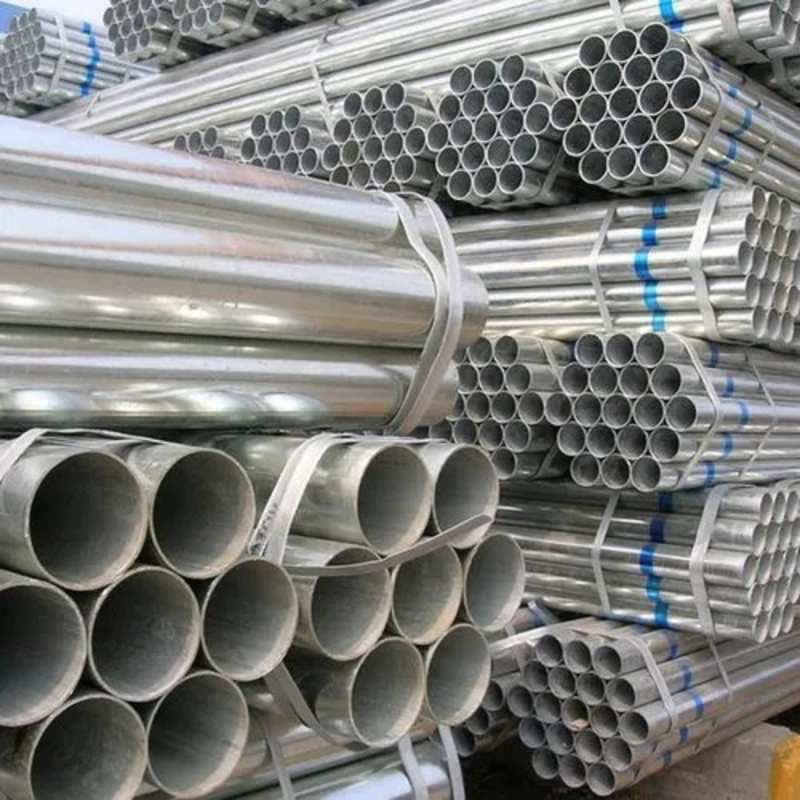-
Cangzhou Yulong Steel Co., Ltd.
-
Phone:
+86 13303177267 -
Email:
admin@ylsteelfittings.com
- English
- Arabic
- Italian
- Spanish
- Portuguese
- German
- kazakh
- Persian
- Greek
- French
- Russian
- Polish
- Thai
- Indonesian
- Vietnamese
- Zulu
- Korean
- Uzbek
- Hindi
- Serbian
- Malay
- Ukrainian
- Gujarati
- Haitian Creole
- hausa
- hawaiian
- Hebrew
- Miao
- Hungarian
- Icelandic
- igbo
- irish
- Japanese
- Javanese
- Kannada
- Khmer
- Rwandese
- Afrikaans
- Albanian
- Amharic
- Armenian
- Azerbaijani
- Basque
- Belarusian
- Bengali
- Bosnian
- Bulgarian
- Catalan
- Cebuano
- China
- China (Taiwan)
- Corsican
- Croatian
- Czech
- Danish
- Esperanto
- Estonian
- Finnish
- Frisian
- Galician
- Georgian
- Kurdish
- Kyrgyz
- Lao
- Latin
- Latvian
- Lithuanian
- Luxembourgish
- Macedonian
- Malgashi
- Malayalam
- Maltese
- Maori
- Marathi
- Mongolian
- Myanmar
- Nepali
- Norwegian
- Norwegian
- Occitan
- Pashto
- Dutch
- Punjabi
- Romanian
- Samoan
- Scottish Gaelic
- Sesotho
- Shona
- Sindhi
- Sinhala
- Slovak
- Slovenian
- Somali
- Sundanese
- Swahili
- Swedish
- Tagalog
- Tajik
- Tamil
- Tatar
- Telugu
- Turkish
- Turkmen
- Urdu
- Uighur
- Welsh
- Bantu
- Yiddish
- Yoruba

Nov . 26, 2024 08:09 Back to list
Understanding DIN 300 Flange Specifications and Applications in Industrial Settings
Introduction to DIN 300 Flanges
In the world of mechanical engineering and piping systems, flanges play a pivotal role in ensuring the secure connection between various components. The DIN 300 flange, conforming to the German Institute for Standardization (DIN) standards, is one of the widely accepted flange designs that is utilized across a multitude of industries, including oil and gas, chemical, and water treatment. This article aims to provide a detailed overview of DIN 300 flanges, their specifications, applications, and benefits.
Understanding DIN Standards
Before diving into the specifics of DIN 300 flanges, it’s essential to understand the DIN standards. DIN stands for Deutsches Institut für Normung, which translates to the German Institute for Standardization. Established in 1917, DIN is responsible for developing technical standards to improve the quality, safety, and efficiency of products in various sectors. DIN standards help ensure compatibility, reliability, and accountability, making them essential for manufacturers and engineers alike.
Specifications of DIN 300 Flanges
DIN 300 flanges are defined by specific dimensional and material characteristics. The designation 300 refers to the nominal pressure rating of 300, which indicates a maximum operating pressure tolerance. These flanges come in various types, including slip-on, weld neck, blind, and socket weld flanges, each serving a unique purpose in system design.
Dimensions DIN 300 flanges are available in different sizes, typically ranging from DN15 to DN250 in diameter. Each flange must adhere to precise dimensional standards, including bolt hole size, spacing, and flange thickness.
Materials The material choice for DIN 300 flanges is crucial in matching the flange to the application and the transported medium. Common materials include carbon steel, stainless steel, and alloy steel, which offer varying levels of corrosion resistance, strength, and temperature tolerance.
Surface Finish The surface finish of DIN 300 flanges can significantly impact their performance. Flanges may come with mill finish, coated, or polished surfaces, each chosen to enhance durability and resistance to environmental factors.
Applications of DIN 300 Flanges
DIN 300 flanges are used in a wide variety of applications. Their robust design and compatibility with different types of pipes make them essential in
1. Piping Systems These flanges create easy-to-maintain connections in pipelines transporting liquids, gases, or slurries. The reliability of DIN 300 flanges helps prevent leaks and ensures the integrity of the piping system.
din 300 flange

2. Industrial Equipment They are commonly found in boilers, heat exchangers, and pressure vessels. The ability to withstand high pressures and temperatures makes them suitable for many industrial processes.
3. Water Treatment Plants DIN 300 flanges are also prevalent in water treatment applications, securing joints in piping systems that transport potable water or wastewater.
4. Oil and Gas Industry Given their strength and durability, these flanges are critical in the exploration, extraction, and transportation processes within the oil and gas industry.
Benefits of Using DIN 300 Flanges
Opting for DIN 300 flanges provides multiple benefits
- Standardization The adherence to DIN standards ensures compatibility across different systems and components, simplifying maintenance and replacements.
- Versatility With various types and materials available, DIN 300 flanges can be utilized in numerous applications, making them a versatile choice for engineers.
- Strength and Durability The robust design of DIN 300 flanges allows them to endure high pressures and thermal variations, enhancing the overall longevity of the piping system.
- Ease of Installation Flanges facilitate easier installation and disassembly due to their design, making maintenance tasks more manageable.
Conclusion
In conclusion, DIN 300 flanges represent a critical component in many industrial systems, playing a fundamental role in maintaining the integrity and functionality of piping networks. By adhering to DIN standards, these flanges offer reliability, compatibility, and performance across various applications. Whether in the oil and gas sector, water treatment, or other industrial processes, DIN 300 flanges are invaluable tools for engineers and manufacturers striving for efficiency and quality in their operations.
Latest news
-
ANSI 150P SS304 SO FLANGE
NewsFeb.14,2025
-
ASTM A333GR6 STEEL PIPE
NewsJan.20,2025
-
ANSI B16.5 WELDING NECK FLANGE
NewsJan.15,2026
-
ANSI B16.5 SLIP-ON FLANGE
NewsApr.19,2024
-
SABS 1123 FLANGE
NewsJan.15,2025
-
DIN86044 PLATE FLANGE
NewsApr.19,2024
-
DIN2527 BLIND FLANGE
NewsApr.12,2024
-
JIS B2311 Butt-Welding Fittings LR/SR 45°/90° /180°Seamless/Weld
NewsApr.23,2024











